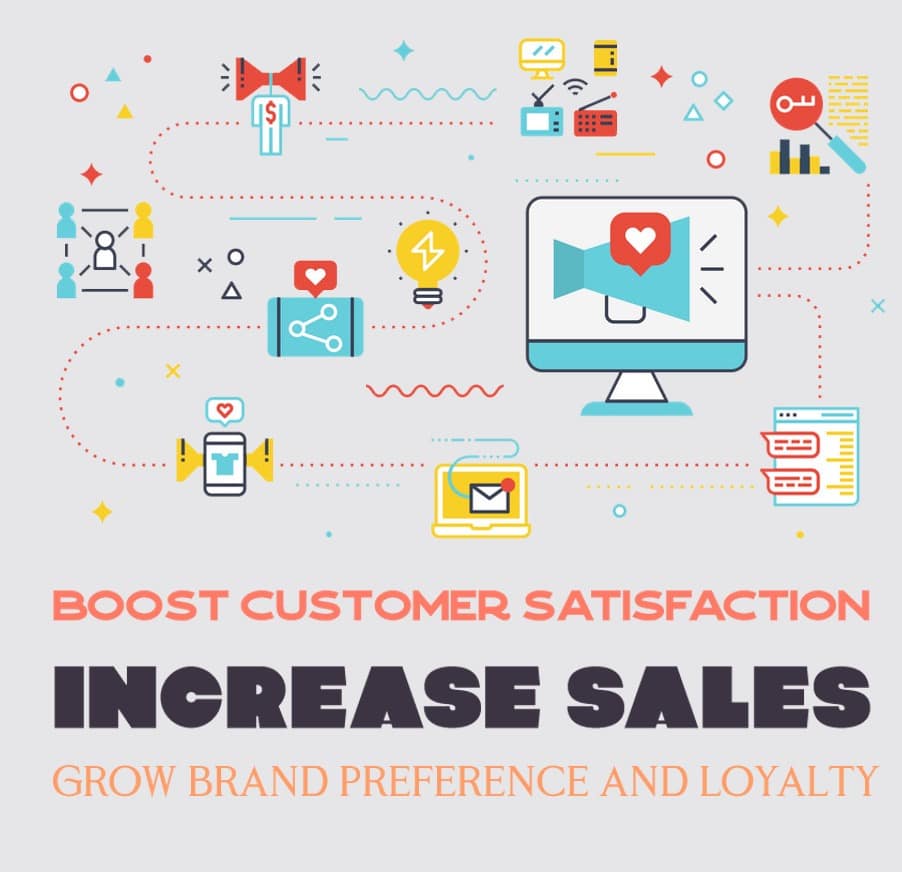
The Bottom Line Booster: The Importance of Customer Retention
In the competitive landscape of modern business, attracting new customers is undoubtedly vital. However, an often overlooked, yet equally significant aspect is retaining the existing ones. Customer retention is the secret ingredient that can propel a business to new heights and create a sustainable foundation for success. In this article, we’ll delve into the importance of customer retention, how to develop an effective retention plan, how to measure it, and the transformative impact it can have on your business.
The Power of Customer Retention
Customer retention refers to the ability of a business to retain its existing customers over time. It’s not just about making a sale; it’s about building lasting relationships and nurturing loyalty. Here’s why it matters:
- Financial Stability: Acquiring new customers can cost five times more than retaining existing ones. A loyal customer base stabilises cash flow and reduces the need for continuous aggressive marketing efforts.
- Increased Revenue: Existing customers are more likely to spend more than new customers. They have already experienced your products or services and are more open to upsells and cross-sells.
- Referrals and Advocacy: Satisfied customers become brand advocates, referring others to your business. Word-of-mouth referrals from loyal customers are incredibly valuable and cost-effective.
- Trust and Engagement: Over time, as you consistently provide value, customers trust your brand more, leading to higher engagement and reduced price sensitivity.
Developing an Effective Retention Plan
Creating a successful retention plan involves a mix of strategies aimed at delivering exceptional customer experiences and maintaining ongoing engagement:
- Data collection: ensure you have a CRM system from the outset where you can capture as many insights about your customers as possible, demographics, purchasing behaviour, preferences, etc
- Personalized Communication: Regularly reach out to customers through personalized emails, offers, and updates. Show that you understand their needs and preferences.
- Exceptional Customer Service: Prioritise customer support, addressing inquiries and resolving issues promptly. A positive experience in times of difficulty can significantly enhance loyalty.
- Loyalty Programs: Offer rewards and incentives to encourage repeat purchases. Loyalty points, discounts, and exclusive offers make customers feel valued. They can also create a sense of belonging and further emotional attachment to your brand.
- Continuous Improvement: Gather feedback from customers to identify areas for improvement. Act on this feedback to show your commitment to their satisfaction.
- Content and Education: Provide valuable content that educates and entertains your customers. Position your brand as an authority in your industry.
Measuring Customer Retention:
Measuring customer retention helps you understand the effectiveness of your strategies and identify areas needing improvement:
- Frequency: When was the last time your customer purchased? The more recent the higher they score on the retention scale.
- Customer Lifetime Value (CLV): Determine the total value a customer brings over their relationship with your business. This information is invaluable in helping identify high-value customer profiles which will feed into your customer acquisition strategy.
- Repeat Purchase Rate: Analyse how often customers return to make additional purchases. A higher repeat purchase rate signifies strong customer loyalty.
Customer retention is not a mere option; it’s a necessity for any business that aspires to grow and thrive. By focusing on building lasting relationships, delivering exceptional value, and consistently engaging customers, you can create a foundation for sustained success.
Remember, the real goldmine lies in the loyalty of your existing customers.
Need a hand crafting your customer retention strategy? We’d love to help you
